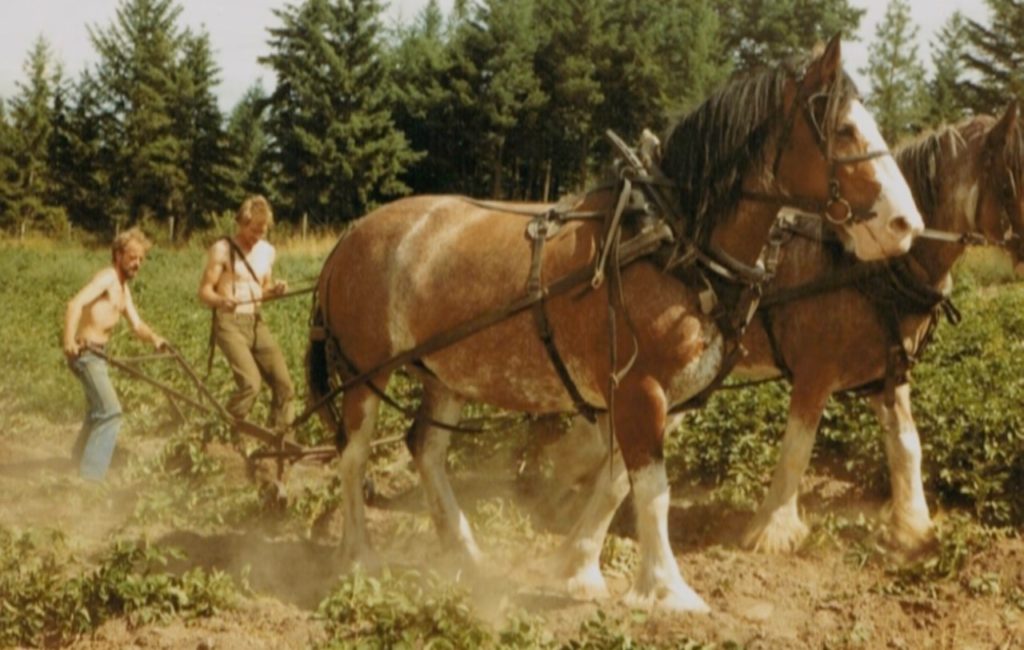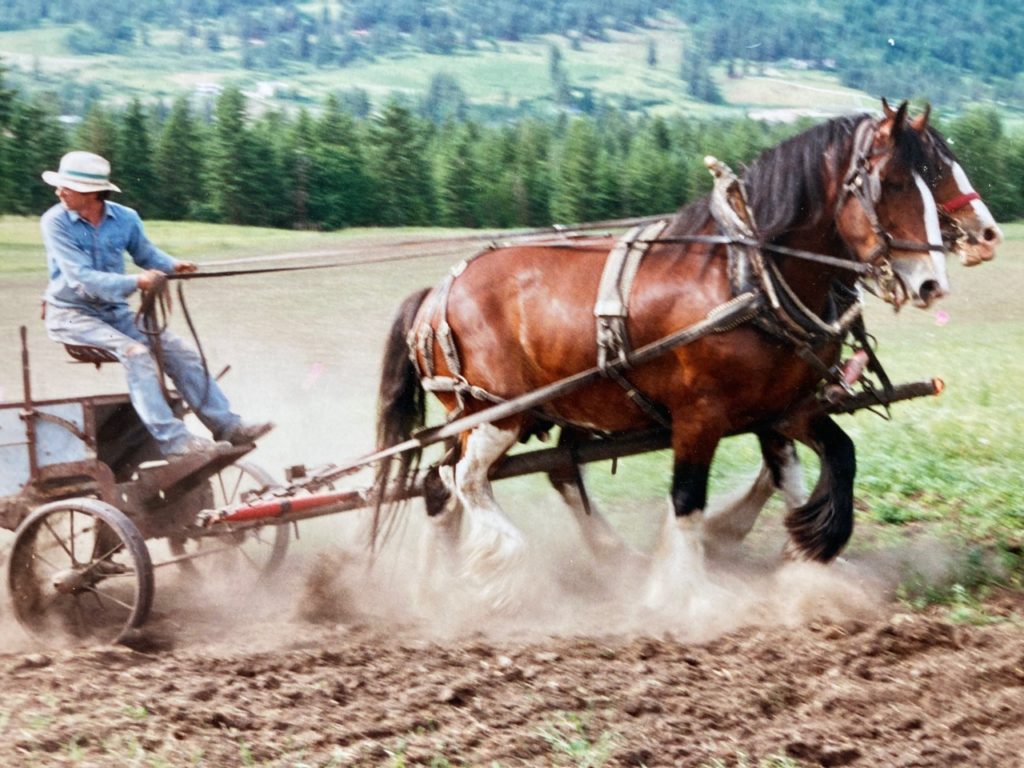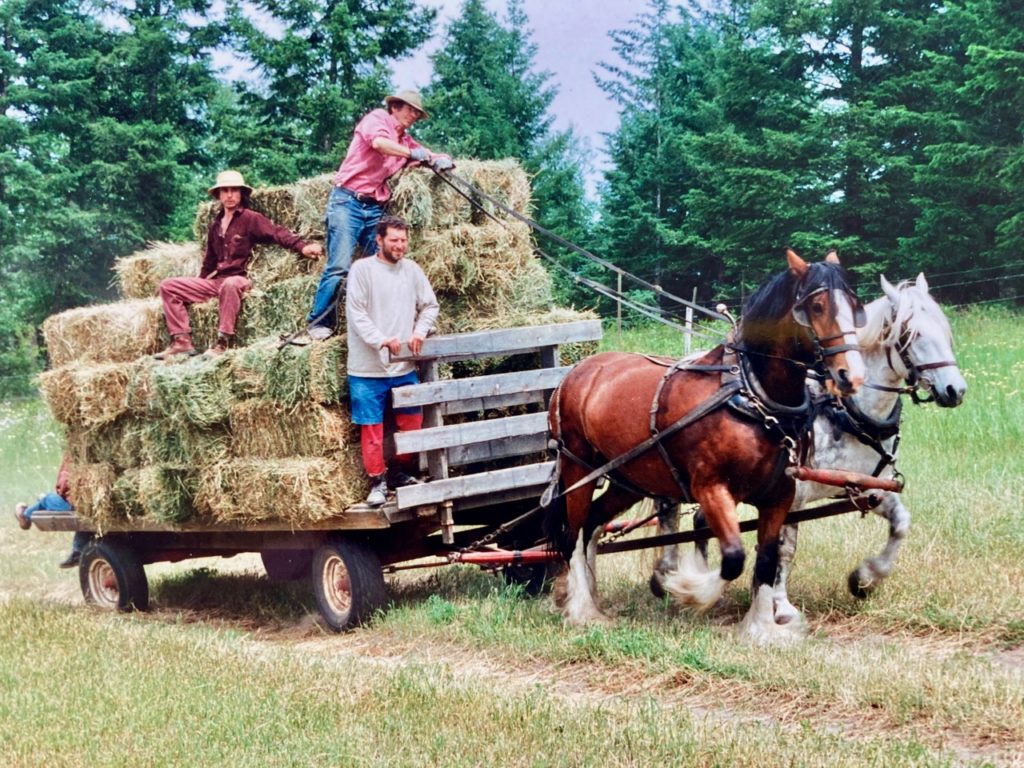
Theatre and music were part of Nick Hutchinson’s genetic make-up. His mother was the award-winning actor, Dame Peggy Ashcroft and his father, Jeremy Hutchinson was a famous, well-respected barrister. In 1970, when Nick arrived in Montreal after receiving his theatrical training in France and England, he joined an anarchist street theatre troupe. On his first day he paid a visit to the anarchist newspaper Logos that had just published a fake front page of the Montreal Gazette with the headline “Mayor Drapeau shot by a drug-crazed hippie.” He just missed the editor and his wife who had to leave the city in a hurry to avoid prosecution. They were Paul and Nans Kirby, who years later invited him to join the Caravan.
Nick’s first paying gig in Montreal was teaching at the National Theatre School, which began a 37-year association. Following the Quebec October Crisis, Nick and his girlfriend Sandy Nichols stuck their thumbs out ending up at a ‘back-to-the-land’ commune in the Darcy Valley between Pemberton and Lillooet. As this was horse country, he soon purchased a wild bronc from Harry Kenyon, whose young son Lindsay would one day join the Caravan.
There were few opportunities to create theatre in the country, so Nick left his horse Snake in the valley and moved to Vancouver, where together with Sandy he assembled a cast to produce a rock opera called Net City that caused quite a stir. Many of those in the show were destined to become Caravaners. A few years later, Nick received a long letter from Paul Kirby inviting him to become the artistic director of the Little People’s Caravan, which provided Nick with a solution for his problem of what to do with Snake, who would now have a career as an out-rider horse.
Back at the Darcy Valley he saddled Snake and rode over the Mission Pass to meet Paul and Nans near Lillooet, who trucked them to tight quarters In Tappen, where the Caravan Company and Clydesdales were assembling for the 1976 tour. Over the next three years, the company developed a unique style of popular theatre that drew enthusiastic responses from their audiences and helped establish Canada Council funding. The Little People’s Caravan had now become the Caravan Stage Company.
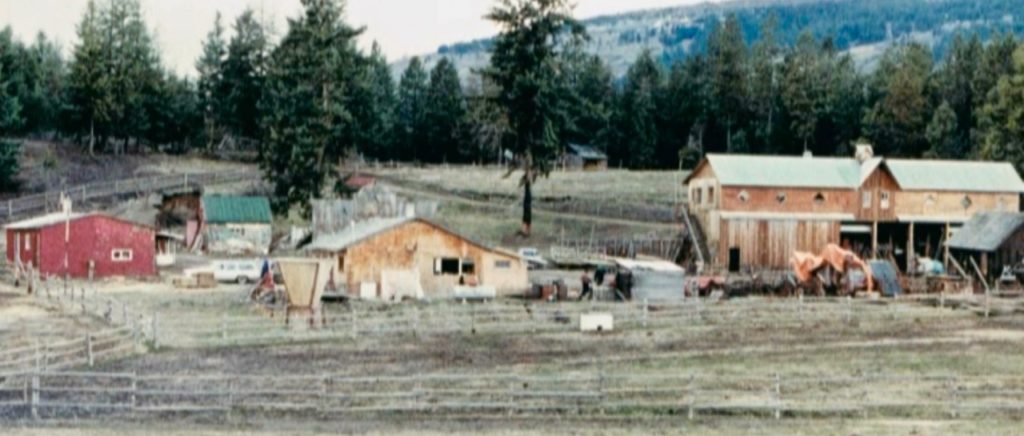
By 1978 it became obvious that the Caravan needed a permanent space, and a farm was found near Armstrong. Paul and Nans, Nick and designer Catherine Hahn agreed to raise the money for a down payment. The previous year Nick’s grandmother had died and bequeathed him her correspondence with the famed playwright, Samuel Beckett, which he sold to Texas University, thus taking care of his share.
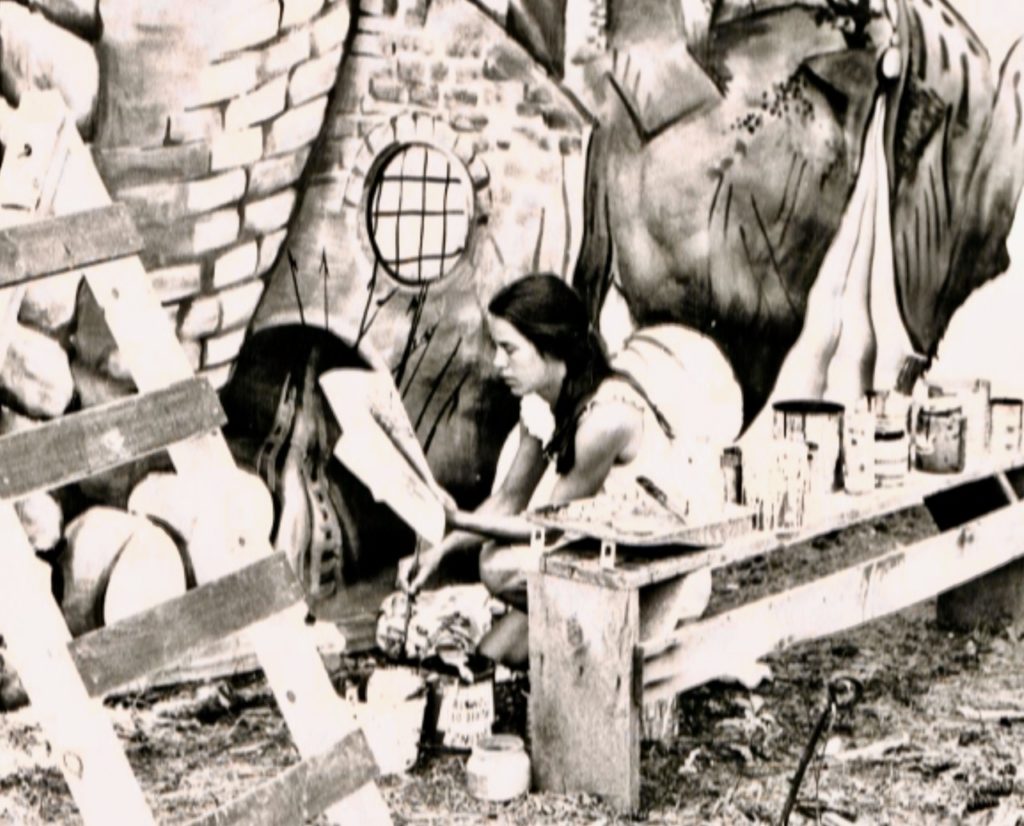
Over the next four years, there were many successes for the Caravan, including popular tours of shows, bountiful harvests at the farm, and a growing theatre company with actors joining them from across the country. Nick had also begun a life-long relationship with Molly March, artist and designer extraordinaire and they slowly built their home on the farm.
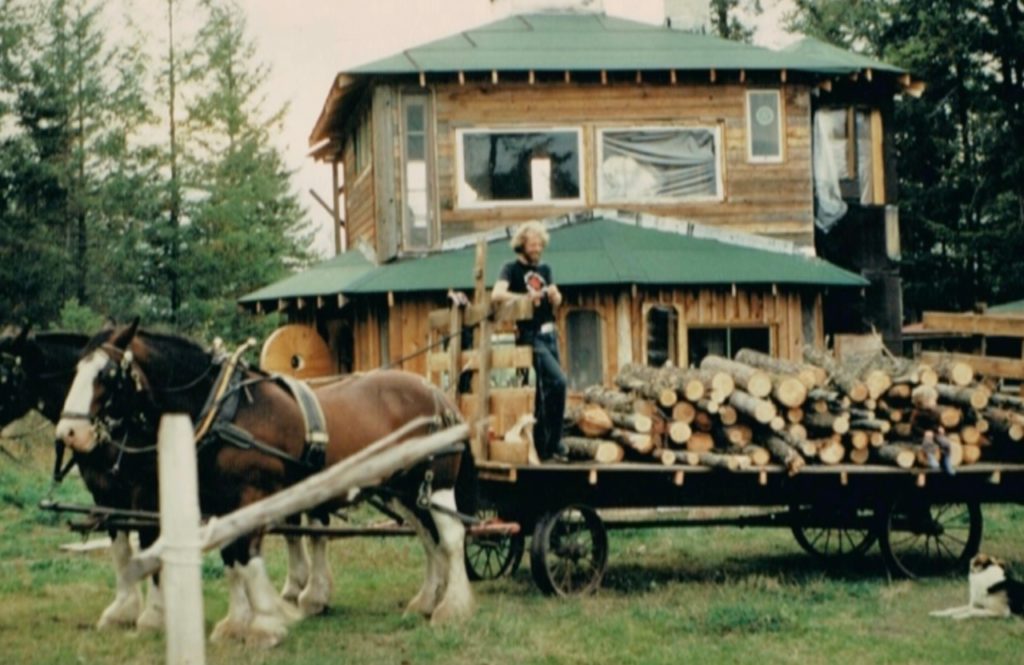
Despite all the new energies, there were persistent fiscal deficits burdened by mortgage payments and the ongoing recession. When Paul and Nans set their sights on a three-year tour as far away as California, Nick and Molly decided to stay behind with their two-year old daughter March and a few others to maintain the farm.
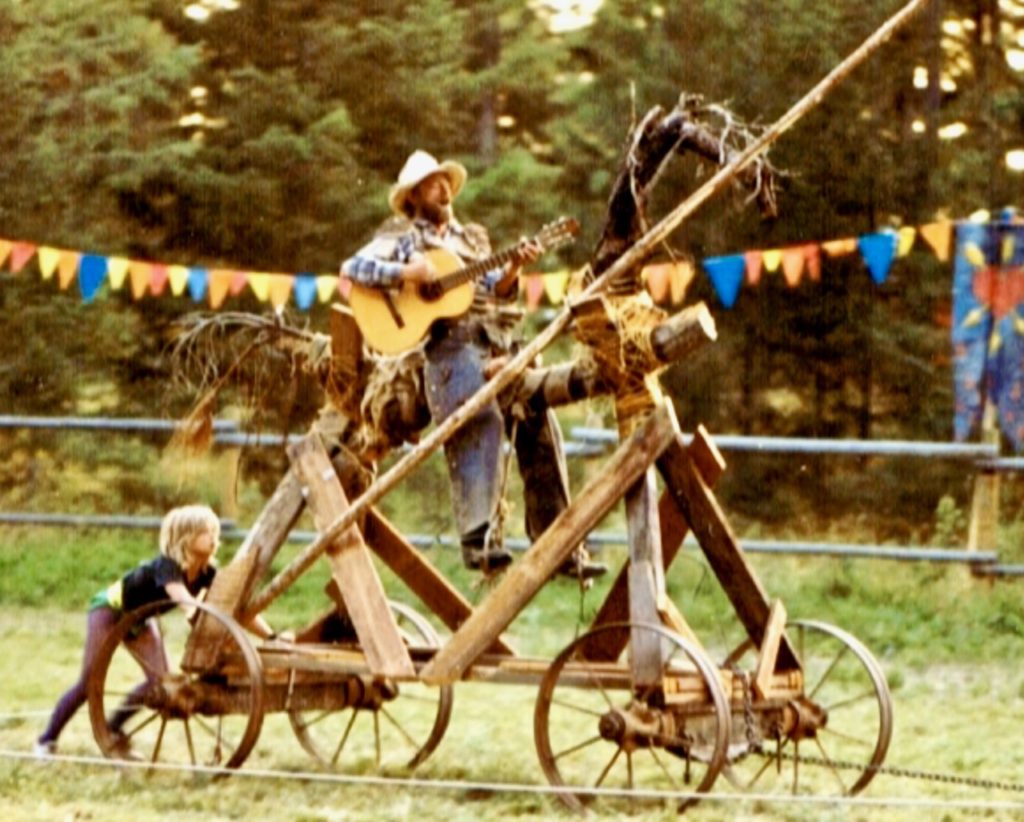
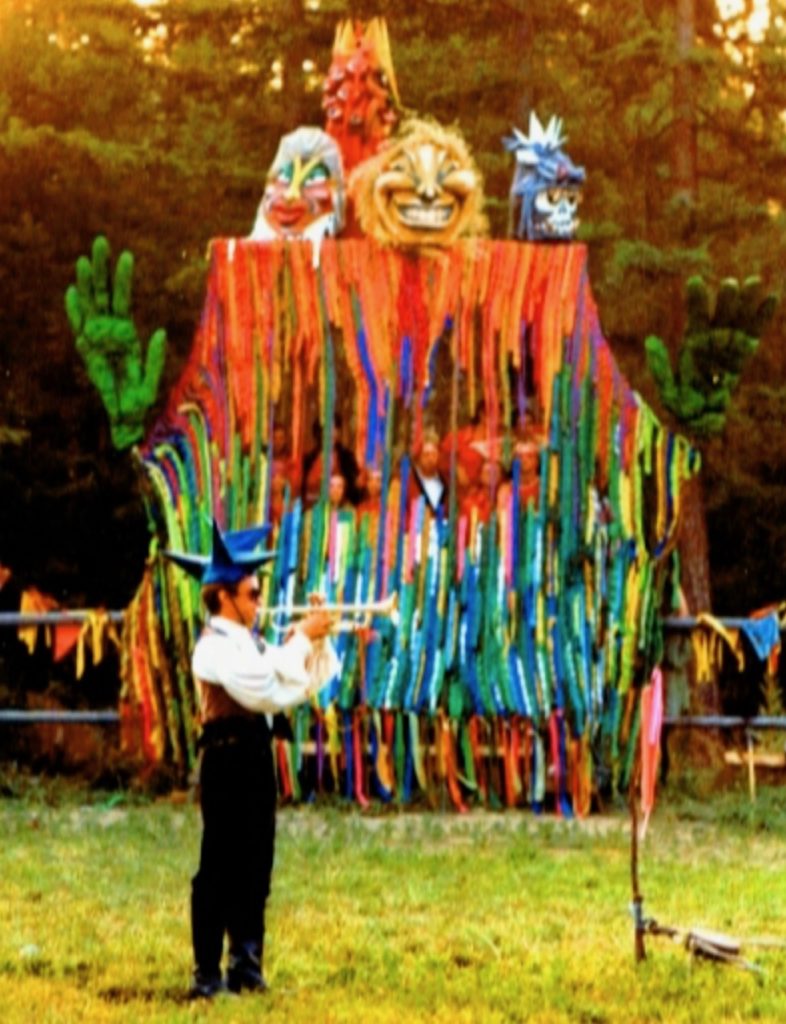
Paul and Nans announced at their departure that they were not coming back, because they felt the farm was taking too many resources and was unsustainable. Left to their own resources, the remaining farm crew sold horse breeding stock to pay bills. They soon realised their only hope for survival was to produce shows and thus the Caravan Farm Theatre was born. That summer they produced an outdoor spectacle developed by Catherine Hahn called “The Last Wild Horse.”
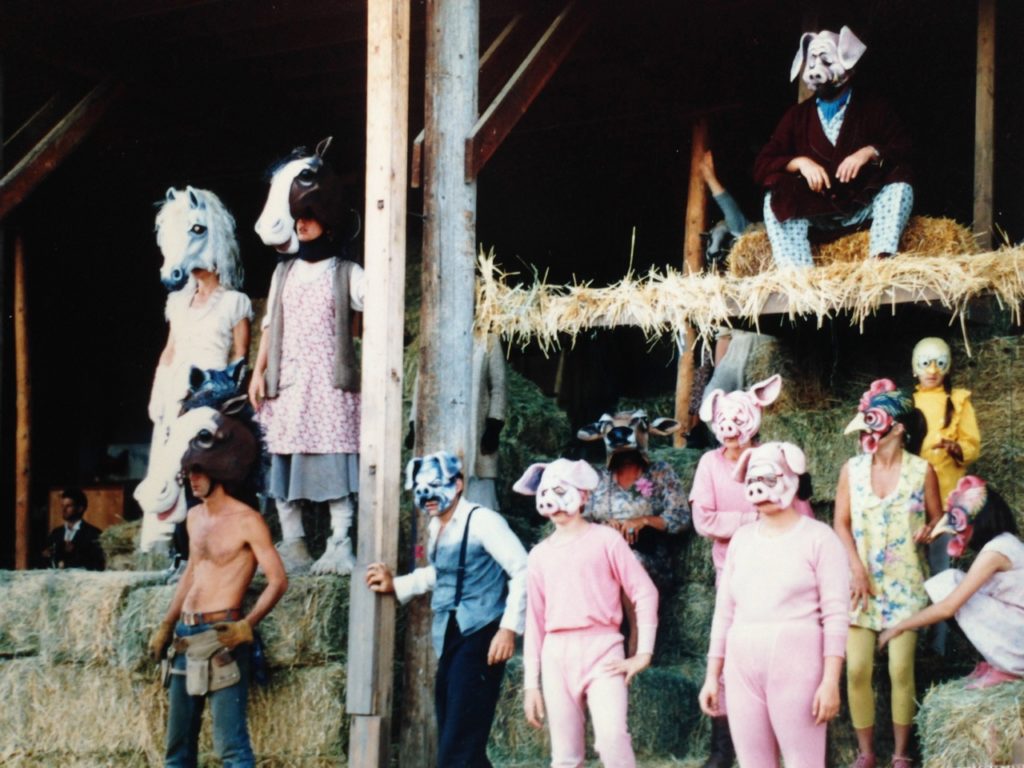
In 1985, Nick created a show based on George Orwell’s novel, Animal Farm, which was a huge hit. They had set up for an audience of 200 that soon grew to 600 a night, which helped put the farm’s finances in order and helped attract additional grants and funding.
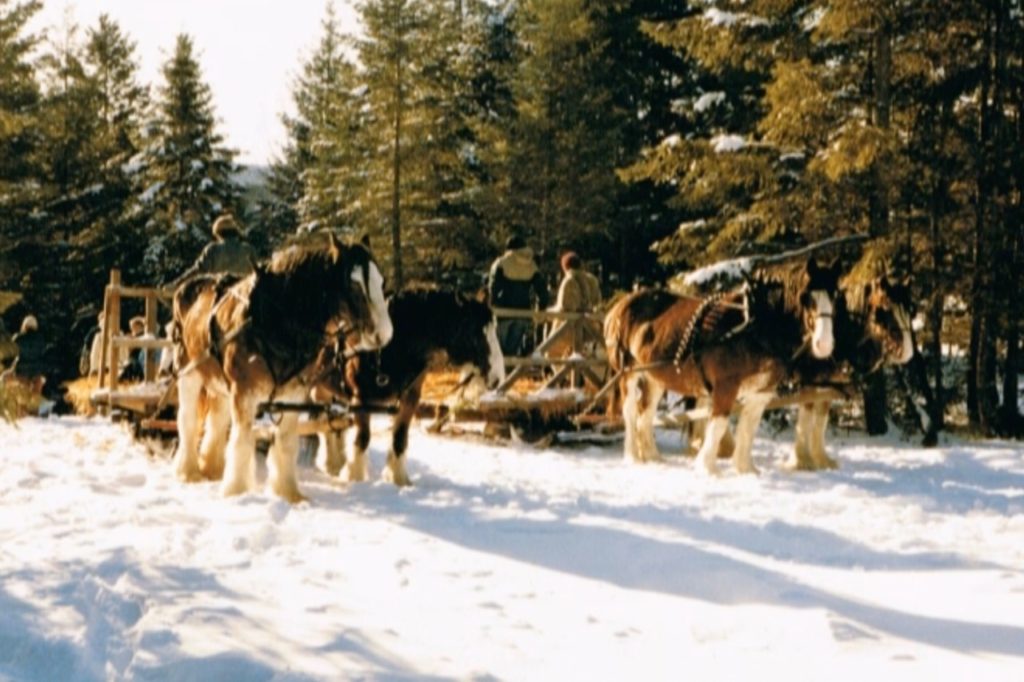
One winter, actor Peter Hall had a brainstorm and suggested that instead of just offering sleigh rides, they produce a winter show, which became a well-loved tradition, as well as another source of income.
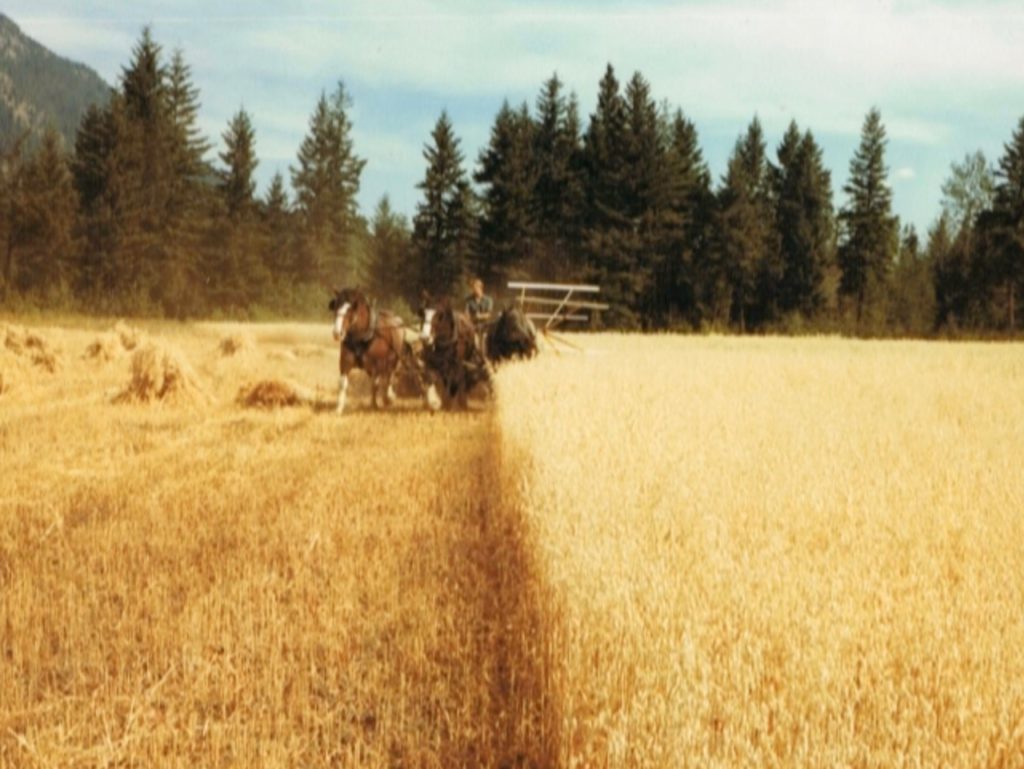
Over the next decade, the Caravan Farm’s motto, “Art and Potatoes” became a reality, as the horse breeding program continued, grain and hay were grown and harvested with horsepower and the vegetable garden flourished. Although Paul and Nans had left to produce travelling shows, their dream of Equipolis had finally become a reality.
POSTSCRIPT
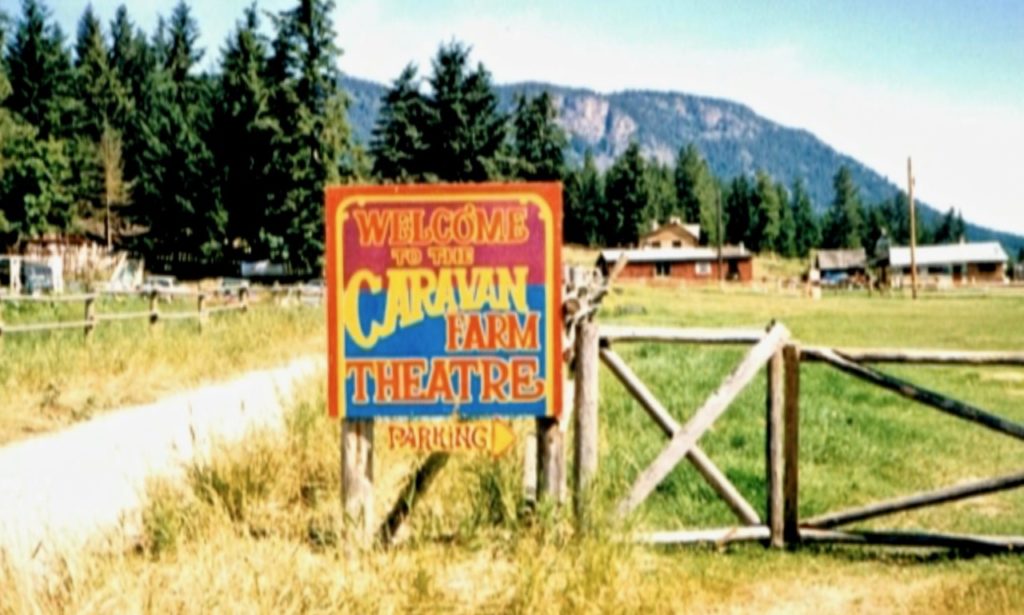
There were two traditions for the Caravan Theatre that began in the early days. The first was a big feast prior to the beginning of the season that was given a Gypsy name, the “Jalom Drom.” The second was a three-day long event called Bill Miner Day that was held on the first full moon in August, which gave the company time off from the show and a chance to celebrate with music and food. A key part of these celebrations was the kid’s show, when the Caravan children performed their version of the summer show and adult actors performed the children’s roles. Many of the kids that performed then became part of the Company when they grew up. This tradition continues now, but is celebrated when the show is not running.
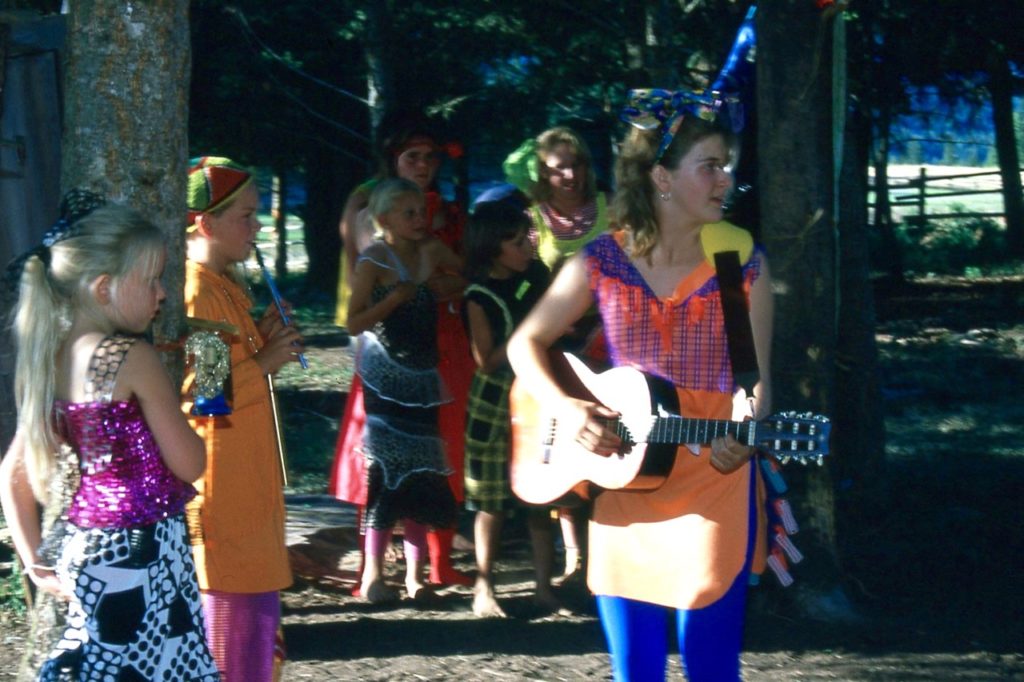
In the early days, Paul Kirby joined the local ploughing matches that became a popular yearly tradition in the Spallumcheen farming community. There were two categories, one event with horses and one with tractors. The event carried on after Paul and Nans left to perform on the road, and Nick and Molly enjoyed participating in these competitions. Molly was the first woman to become a ploughing champion.
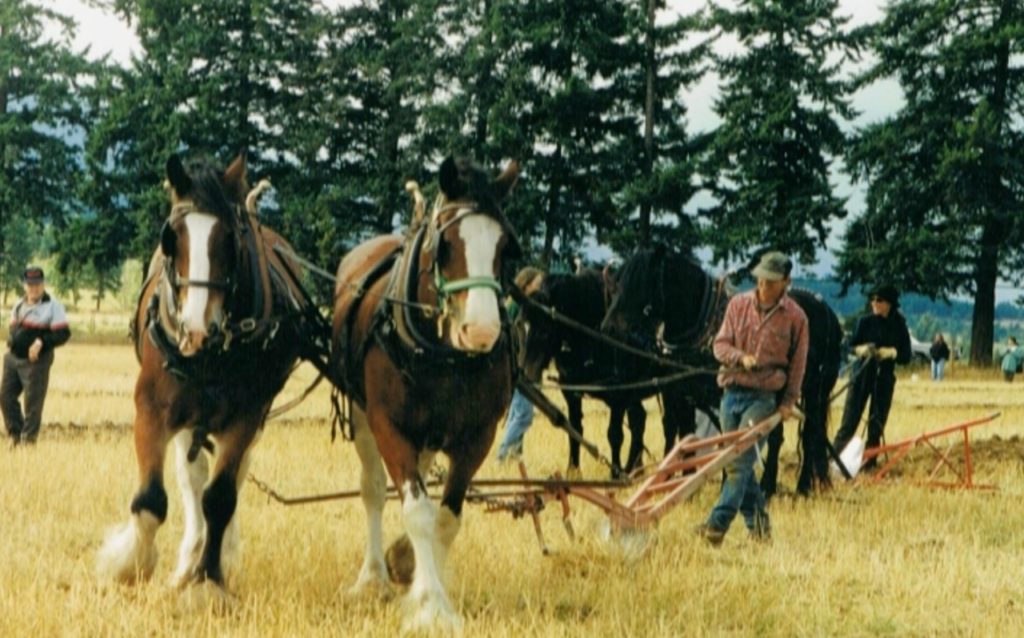
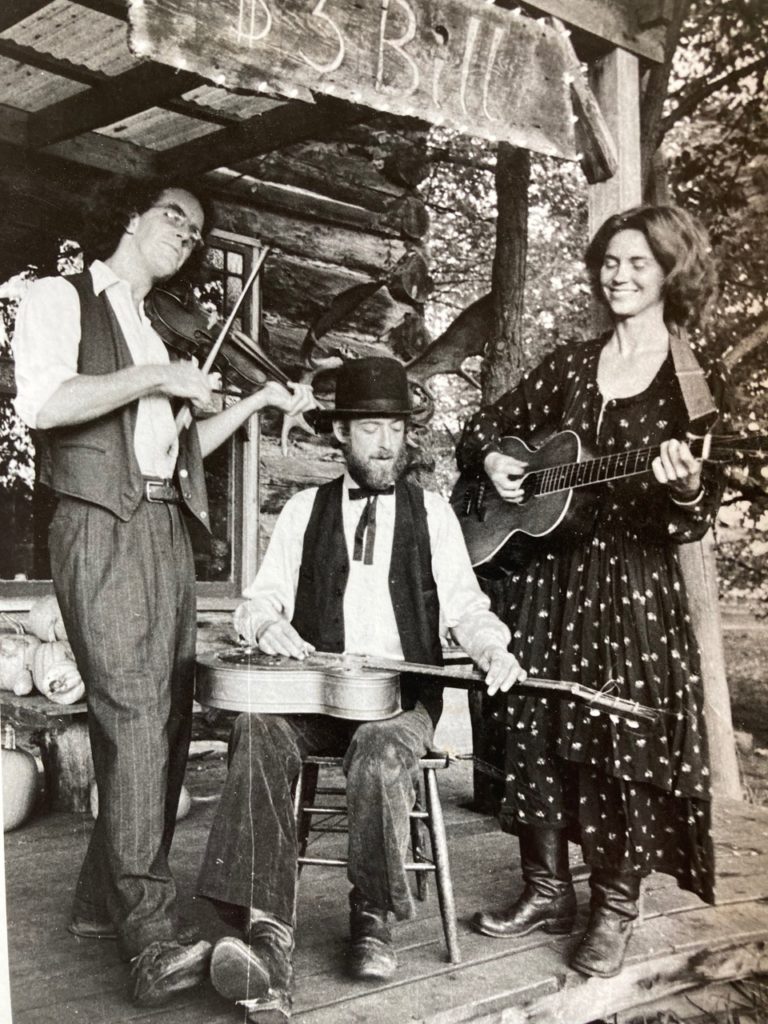
Additional photos from Nick of farming with the horses:
